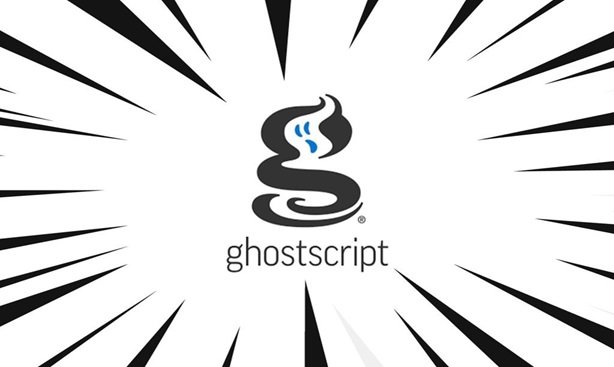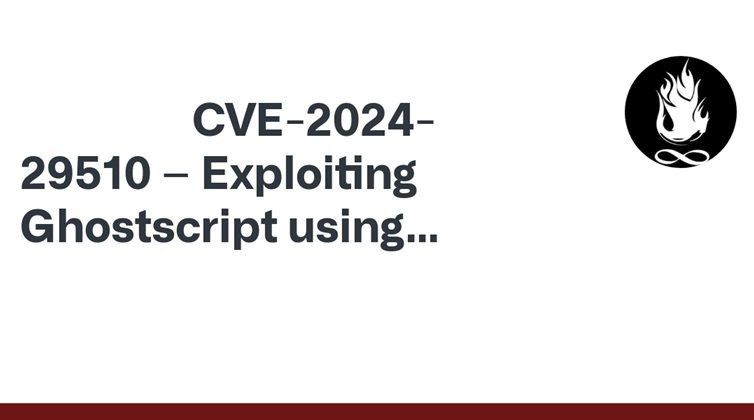Table of Contents
In the world of cybersecurity, staying ahead of vulnerabilities is crucial. Today, we delve into CVE-2024-29510, a severe Remote Code Execution (RCE) vulnerability in Ghostscript. This vulnerability underscores the importance of keeping software updated and understanding the potential risks of outdated versions.
Understanding CVE-2024-29510
CVE-2024-29510 is a critical vulnerability identified in Ghostscript, a widely-used interpreter for PostScript and PDF files. This flaw allows attackers to execute arbitrary code on a target machine remotely. Essentially, it can enable malicious actors to gain unauthorized control over your system, posing significant security risks.
Technical Breakdown
The vulnerability exists in versions of Ghostscript prior to 10.0.3. It stems from inadequate input validation and insufficient sandboxing of PostScript and PDF files. Attackers can exploit this flaw by crafting malicious files that, when processed by an affected Ghostscript instance, execute arbitrary code. This can lead to unauthorized access, data theft, or complete system compromise.
The Importance of Patching
Updating to Ghostscript version 10.0.3 or later is essential. Failure to patch this vulnerability exposes systems to exploitation, potentially resulting in severe consequences. Historical instances of similar vulnerabilities highlight the critical nature of timely updates.

Mitigation Strategies
1. Update Ghostscript
Ensure your systems are running Ghostscript version 10.0.3 or later. Regularly check for updates to stay protected against emerging threats.
2. Implement Robust Security Measures
Use comprehensive security solutions that include real-time scanning, intrusion detection, and advanced threat protection. These tools can detect and block malicious files before they cause harm.
3. Educate Users
Awareness is key. Train users to recognize phishing attempts and suspicious files. Encourage caution when opening email attachments or downloading files from untrusted sources.
4. Network Segmentation
Implement network segmentation to limit the impact of potential exploits. Isolating critical systems and data can prevent lateral movement within the network.
Conclusion
CVE-2024-29510 is a stark reminder of the ever-present threats in the digital landscape. By understanding the nature of this vulnerability and implementing robust security measures, organizations can safeguard their systems and data. Stay vigilant, keep software updated, and educate users to maintain a strong security posture.




Leave a Reply